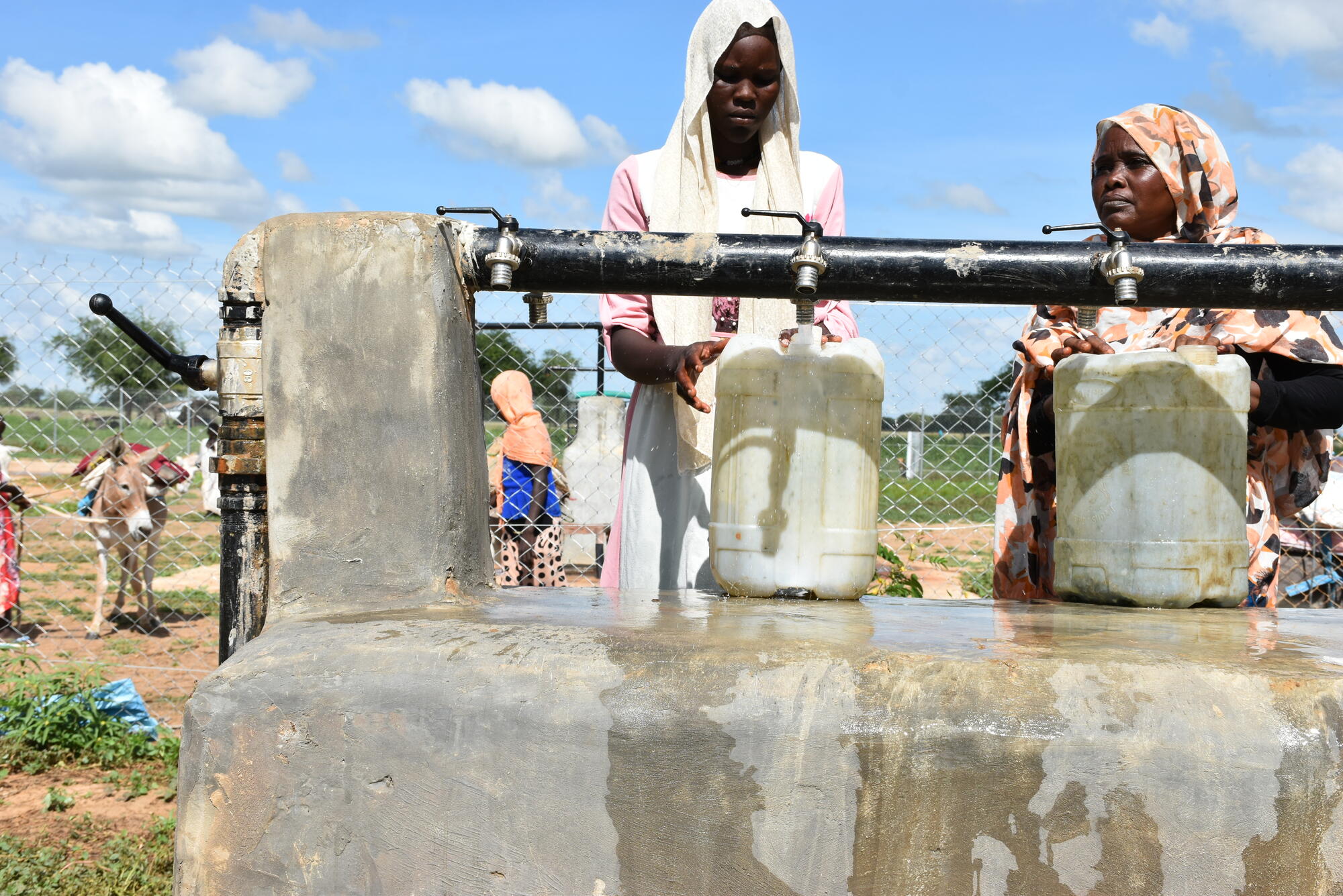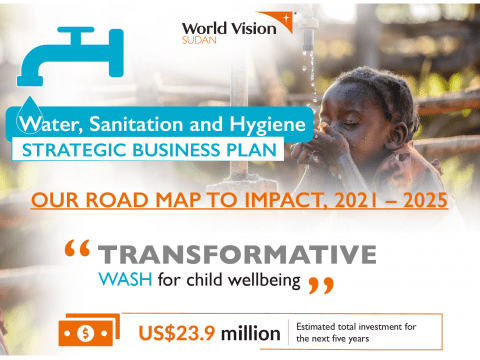Water, Sanitation and Hygiene
Our Goal
We want to see all children enjoy access to clean water and improved sanitation facilities close to their homes so that they can stay well. We are working towards this by:
- Ensuring safe and equitable access to clean water for all
- Increasing the number of households with knowledge of necessary hygiene techniques and access to improved sanitation facilities
What is the problem?
Lack of proper hygiene practices, access to proper sanitation facilities and clean water is causing a high level of intestinal diseases, such as diarrhoea, which is often deadly for those whose access to healthcare and nutritional status is already limited.
How is World Vision addressing the issues?
We are partnering with communities to ensure access to clean water and proper sanitation facilities in public spaces, such as schools and health facilities.
What are some of the approaches we are using?
- Drilling of shallow boreholes fitted with hand pumps
- Provision of water, sanitation and hygiene stations in schools and health facilities
- Community Led Total Sanitation (CLTS)
- Menstrual health and hygiene promotion
- Water stations with deep boreholes fitted with solar powered pumps and distribution systems
- Rainwater harvesting systems
- Nurturing Care Groups (NCG) approach to promote hygiene behaviour change
Are World Vision interventions working?
Yes! We have noticed a decline in the number of children and families suffering from diarrhoea in areas where families are able to access both clean water and improved sanitation facilities. Unfortunately, the size and scale of our programmes is being outpaced by the growing needs of newly arriving or newly displaced people.
Our impact in numbers for 2022?
- Over 55,000 people reached with access to drinking and household use clean water
- Over 23,000 people reached with improved knowledge on sanitation, sanitation use and services
Related Resources
- Find out more about the WASH programming in Sudan from the WASH Capacity Statement.
- Learn about the difference a water point can make for children in Sudan.

